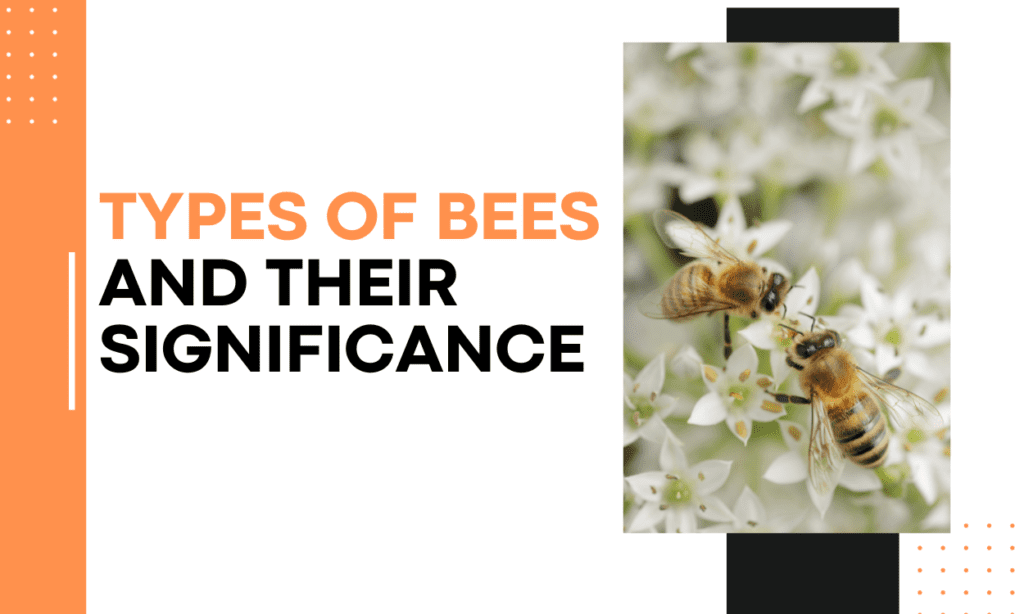

17 Types of Bees and Their Significance
Introduction
Bees are remarkable creatures that play a vital role in pollination and the health of ecosystems worldwide. They come in various shapes, sizes, and colors, each with its unique characteristics and ecological importance. In this blog, we will explore 17 different types of bees, shedding light on their distinct features and the crucial roles they play in our environment.
1. Honeybee (Apis mellifera)


Characteristics: Honeybees are known for their organized hives and remarkable ability to produce honey.
Importance: They are essential pollinators for many crops and contribute to honey production.
2. Bumblebee (Bombus spp.)


Characteristics: Bumblebees are characterized by their large size, fuzzy appearance, and distinctive black and yellow coloration.
Importance: They are superb pollinators for various plants, including tomatoes and blueberries.
3. Carpenter Bee (Xylocopa spp.)


Characteristics: Carpenter bees are solitary and known for nesting in wood, often causing damage to wooden structures.
Importance: They also play a vital role in pollination.
4. Mason Bee (Osmia spp.)
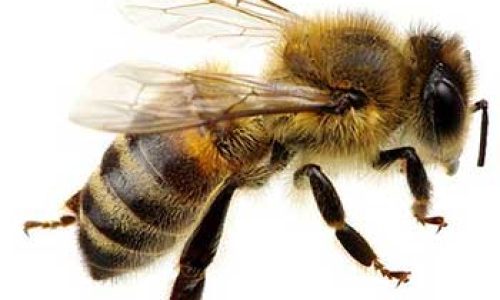

Characteristics: Mason bees are solitary bees known for their use of mud or clay in constructing nests.
Importance: They are highly efficient pollinators, especially in orchards
5. Leafcutter Bee (Megachile spp.)


Characteristics: Leafcutter bees get their name from their habit of cutting perfect circles from leaves.
Importance: They are crucial for pollinating plants and are often used in alfalfa seed production.
6. Mining Bee (Andrena spp.)


Characteristics: Mining bees are ground-nesting and can often be found burrowing into soil.
Importance: They contribute to soil health and are vital for pollination in various ecosystems.
7. Sweat Bee (Halictidae)


Characteristics: Sweat bees are small, often metallic-colored bees known for their attraction to human sweat.
Importance: They play a significant role in wildflower pollination.
8. Blue Orchard Mason Bee (Osmia lignaria)


Characteristics: These solitary bees are blue-black in color and smaller than honeybees.
Importance: They are effective pollinators for fruit trees, particularly in orchards.
9. Africanized Bee (Apis mellifera scutellata)


Characteristics: Also known as “killer bees,” they are a hybrid of African and European honeybees, recognized for their aggression.
Importance: While their reputation is often negative, they are crucial for pollination.
10. Orchid Bee (Euglossini)
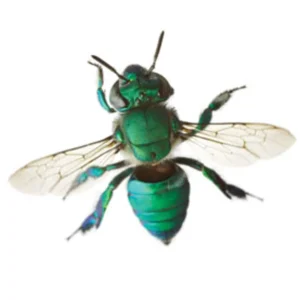

Characteristics: Orchid bees are known for their vibrant colors and unique relationship with orchids.
Importance: They are essential for the pollination and survival of orchids.
11. Squash Bee (Peponapis pruinosa)


Characteristics: These bees specialize in pollinating squash and pumpkin plants.
Importance: They are indispensable for enhancing crop production in these species.
12. Yellow-Faced Bee (Hylaeus spp.)
Characteristics: Small and dark, these bees are easily recognized by their yellow facial markings.
Importance: They are vital for native plant pollination and contribute to the biodiversity of local ecosystems.


13. Alkali Bee (Nomia melanderi)


Characteristics: Alkali bees are ground-nesting and often inhabit areas near alkaline lakes.
Importance: They are crucial for the pollination of alfalfa, which is essential in agriculture.
14. Long-Horned Bee (Melissodes spp.)


Characteristics: Long-horned bees are known for their elongated antennae.
Importance: They are proficient pollinators of native wildflowers, contributing to biodiversity
15. Eastern Carpenter Bee (Xylocopa virginica)


Characteristics: These native carpenter bees are known for their size and impressive pollination skills.
Importance: They efficiently pollinate various plant species, contributing to the health of native plant ecosystems.
16. Green Metallic Sweat Bee (Augochlorini)
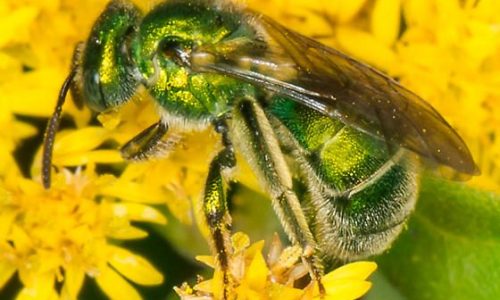

Characteristics: These small, metallic-colored bees are a common sight in gardens and meadows.
Importance: They play a vital role in pollinating a wide range of plants and contribute to the diversity of floral life.
17. Resin Bee (Anthidiini)


Characteristics: Resin bees are known for collecting resin for their nests.
Importance: They are essential in preserving native plants and supporting the overall health of ecosystems.
18. Cuckoo Bee (Nomada spp.)
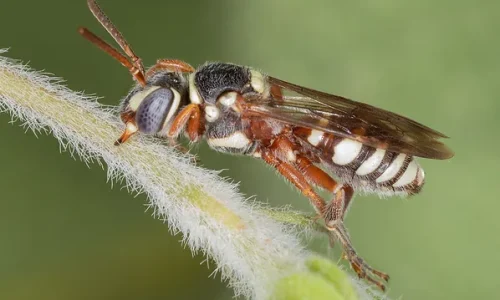

Characteristics: Cuckoo bees are brood parasites, laying their eggs in the nests of other bees.
Importance: Their behavior adds a layer of complexity to bee diversity, highlighting the intricacies of coexistence in the insect world.
Conclusion: The Symphony of Bee Biodiversity
The 17 types of bees we’ve explored are just a fraction of the incredible diversity within the world of bees. Each species, with its unique characteristics and ecological contributions, is a vital piece of the complex puzzle that is our environment. Together, they form a symphony of biodiversity that sustains our ecosystems and ensures the survival of countless plant species.
As we learn more about the remarkable adaptations and behaviors of these bees, we come to appreciate the delicate balance that nature has struck. Our responsibility is to protect and conserve these invaluable pollinators. Whether it’s through planting bee-friendly gardens, supporting sustainable farming practices, or advocating for their preservation, each of us can make a difference in the survival of these essential insects.